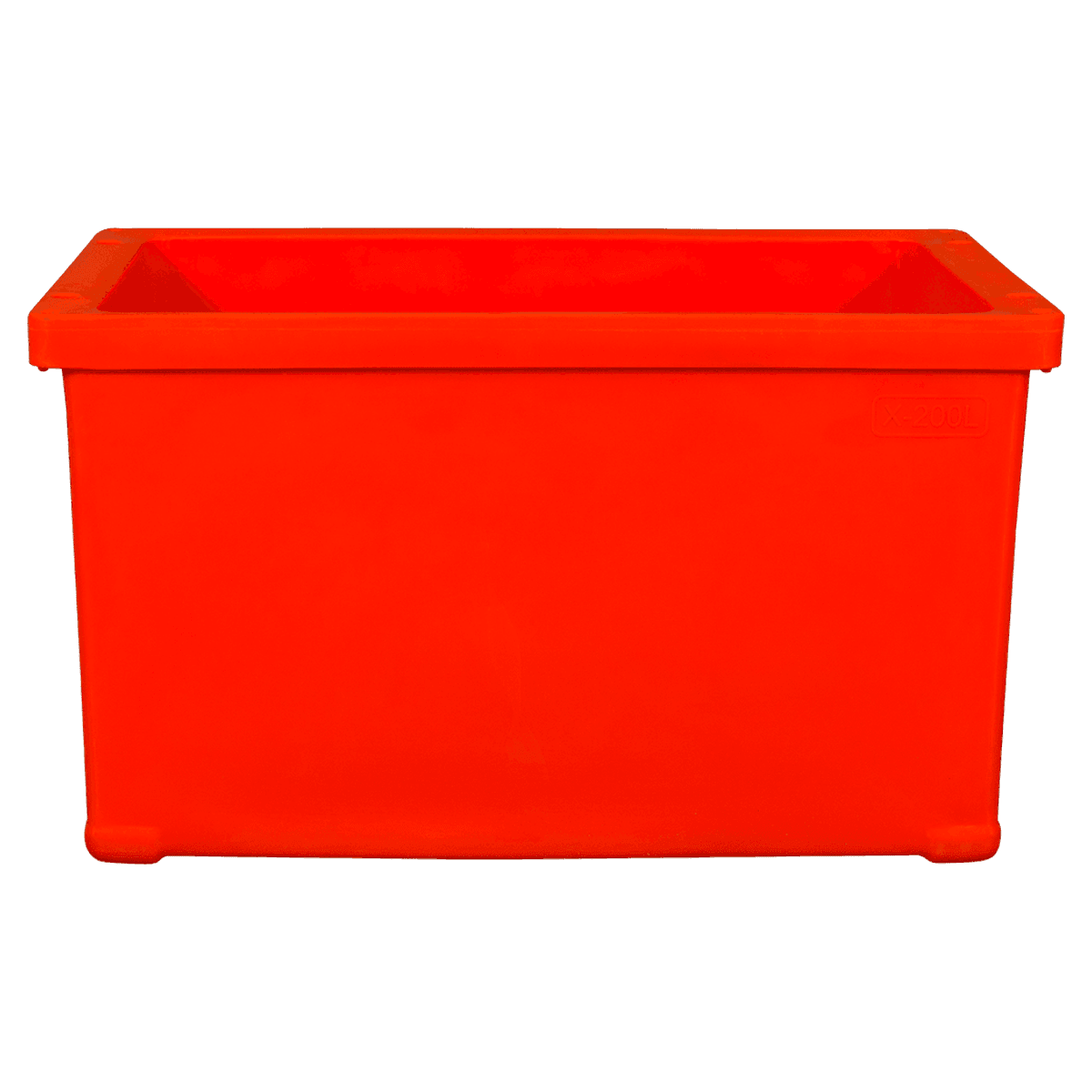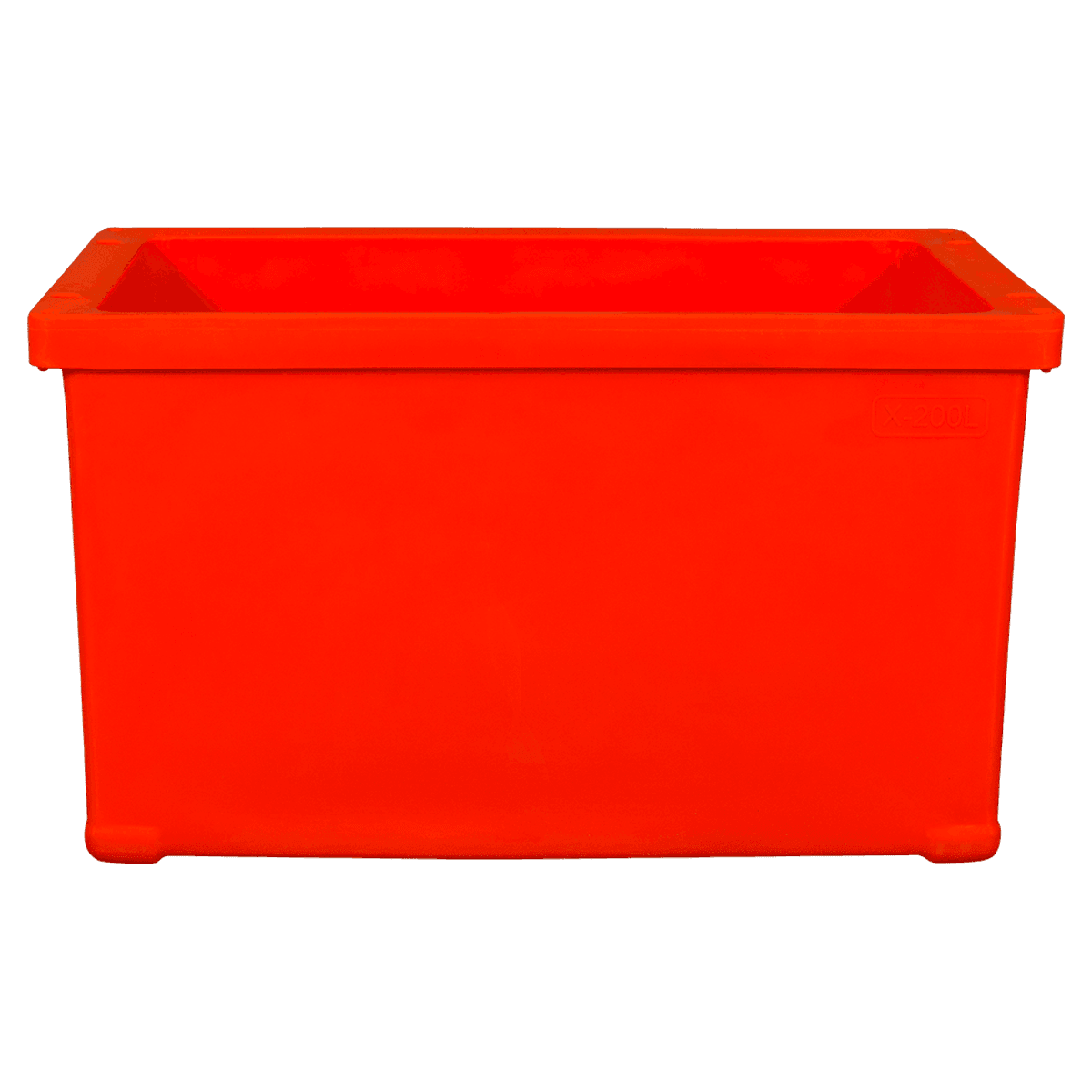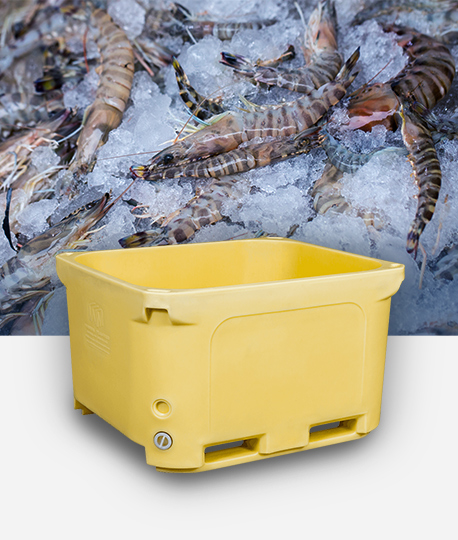Content
When purchasing an Ice Cooler Container, it is crucial to consider a variety of features to ensure that the cooler you choose meets your needs. From insulation to size and portability, the right cooler can make your outdoor adventures, picnics, and camping trips much more enjoyable.

1. Insulation Quality
One of the most essential features of an ice cooler container is its ability to retain cold temperatures. The key to this is high-quality insulation. Without proper insulation, ice melts quickly, and your cooler won’t be very effective in keeping your food and drinks cold. There are several factors to consider when evaluating the insulation quality of a cooler.
Foam Insulation
Most high-quality coolers use foam insulation between the inner and outer walls of the container. Foam provides excellent thermal resistance, ensuring that heat from the outside does not easily penetrate the cooler. This insulation helps maintain a low internal temperature, even in hot weather. There are two types of foam insulation typically used in coolers: extruded polystyrene (XPS) and polyurethane foam. Polyurethane foam tends to offer better insulation and is commonly used in premium coolers.
Thick Walls
The thicker the insulation, the longer the cooler will be able to retain ice. Some coolers feature extra-thick walls that can keep ice frozen for multiple days. For instance, coolers with walls ranging from 2-3 inches of insulation are considered high-performance. These coolers can keep ice frozen for up to 5-7 days, depending on external factors like ambient temperature and how often the cooler is opened.
2. Capacity & Size
The size of the ice cooler container is another crucial factor to consider. Depending on your needs, you’ll want a cooler that offers the right amount of space while still being manageable in terms of portability. Here’s how you can assess the right size and capacity for your cooler.
Size Options
Coolers come in a range of sizes, from small, portable models that are perfect for day trips, to large, heavy-duty ones that can handle the needs of a group camping trip or a family outing. Some common sizes include:
- Small Coolers: 20-30 liters (fits a few drinks or snacks)
- Medium Coolers: 40-60 liters (ideal for a day trip with a few people)
- Large Coolers: 70-100 liters or more (best for long trips or large groups)
When choosing the right size, it’s essential to consider the number of people you need to serve and the duration of your trip. A small cooler is ideal for a single person or a couple, while a larger model might be better suited for a family or group.
Storage Layout
The internal layout of the cooler is just as important as the external size. Some coolers feature compartments, dividers, or baskets to separate and organize food and beverages. These compartments can help prevent items from being crushed or mixed together and allow you to access what you need quickly. A well-organized cooler will make your outdoor experience much more convenient.
| Cooler Size | Capacity | Perfect For | Examples |
|---|---|---|---|
| Small | 20-30 liters | Day trips, single person | Beach trip, lunchbox cooler |
| Medium | 40-60 liters | 2-4 people, weekend | Camping, picnic, BBQ |
| Large | 70-100 liters | Group trips, multi-day | Family trips, extended camping |
3. Durability & Build
An ice cooler container is an investment, and you want to make sure it will last. Durability is a critical factor when choosing a cooler, especially if you plan to take it on rugged outdoor adventures.
Rugged Exterior
The best coolers are made from high-impact materials like rotomolded plastic or heavy-duty polypropylene. These materials provide superior protection against drops, rough handling, and outdoor conditions. Some coolers are designed to withstand being dragged through rocky terrain or being exposed to the sun for long periods without degrading or cracking.
Rotomolded coolers, in particular, are considered top-tier for durability. They are constructed by rotating molten plastic into a mold, which gives them a seamless, one-piece design. This makes them more resistant to impact and wear compared to traditional injection-molded coolers.
Heavy-duty Handles & Latches
A cooler’s handles and latches need to be sturdy and reliable. Ergonomic handles (either rope or metal) can make carrying the cooler much easier, especially when it is full. Look for coolers with handles that are reinforced with rubber or coated with non-slip materials to improve comfort and grip.
Additionally, coolers with heavy-duty latches ensure that the cooler stays securely closed and prevents cold air from escaping. Some latches even feature a locking mechanism, which can come in handy for added security during outdoor trips or when you need to keep animals away from your cooler.
4. Portability
Portability is an essential factor for many outdoor activities, especially if you plan on hiking, camping, or traveling with your cooler. Look for a cooler that is both easy to carry and easy to move around.
Wheels for Larger Models
For larger coolers, wheels are a great feature. If you are dealing with a cooler that weighs 40 lbs (18 kg) or more, carrying it by hand can be a challenge, especially when it’s fully loaded. Coolers with built-in wheels make it much easier to transport heavy loads, allowing you to roll the cooler over uneven surfaces, such as gravel or grass, rather than lifting it.
Ergonomic Handles
Handles that are ergonomically designed are an essential feature for smaller and medium-sized coolers. These handles should be reinforced with durable materials like metal or heavy-duty plastic. They should also have a soft grip or rubberized coating for added comfort. Coolers with extended handles allow you to carry them like luggage, which makes the task of transporting them much more manageable.
5. Seal & Drainage
A high-quality seal and an efficient drainage system are critical features of a well-designed cooler.
Tight Seals
Airtight seals are essential for keeping cold air inside and preventing warm air from getting in. Look for coolers with gasket seals around the lid, which helps lock in the cold. A tight-fitting lid ensures that your cooler will maintain the desired temperature for a longer period, even in extreme outdoor conditions.
Easy Drain Plug
A good cooler will come equipped with an easy-to-use drainage system. The drainage plug allows you to quickly and efficiently remove any melted water without having to tilt or move the cooler around too much. Some high-end models even have quick-drain plugs, which make emptying the cooler quick and hassle-free.
6. UV Protection & Weather Resistance
If you plan on using your cooler for outdoor activities, especially in the sun, it is essential to choose a model that offers UV protection and weather resistance.
UV Protection
Coolers made with UV-resistant materials are designed to withstand prolonged exposure to the sun. UV rays can cause plastics to degrade and lose their strength over time, which is why coolers that offer UV protection are more durable and long-lasting. This is particularly important for coolers that are left outside for extended periods.
Weather Resistance
Some coolers are built to withstand a wide range of weather conditions, from extreme heat to freezing cold. Weather-resistant coolers are made with materials that can tolerate both the blistering heat of summer and the freezing temperatures of winter without cracking or warping.
7. Extra Features
Many high-end coolers come with a variety of extra features that can make your outdoor experience even more enjoyable. Here are some additional features to look for:
Cup Holders & Bottle Openers
Some coolers come with built-in cup holders or bottle openers, which are handy for outdoor parties or BBQs. These features add extra convenience, making it easier to enjoy your drinks and keep your area organized.
Food & Beverage Compartments
Coolers that feature separate compartments for food and beverages can help keep items organized and prevent contamination. These coolers are ideal for large gatherings or camping trips where you need to keep food separate from drinks.
8. Locking Mechanism
For some, a locking mechanism on a cooler is a valuable security feature. Whether you’re worried about animals trying to access your cooler or simply want to secure valuables, having the ability to lock the cooler can provide peace of mind. Some coolers come with built-in locks or offer lockable latches for added security.
9. Eco-Friendly Materials
As environmental concerns become more prominent, many cooler manufacturers are using eco-friendly materials to create their products. BPA-free plastics and recycled materials are now standard in many coolers, helping reduce environmental impact. If sustainability is important to you, consider a cooler that’s made with these types of materials.
10. Warranty and Brand Reputation
When purchasing a cooler, it’s important to consider the brand’s reputation and the warranty that comes with the product. A long warranty often reflects the manufacturer’s confidence in the durability and quality of the cooler. Coolers from well-known brands are typically more reliable and have been extensively tested.


 English
English Español
Español عربى
عربى 中文简体
中文简体
-4.png)
-4.png)
-2.png)

-2.png)
-2.png)




